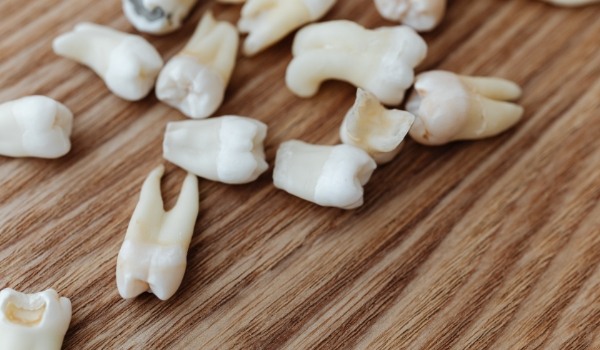A healthy smile is a beautiful smile.
When is extraction recommended?
Saving a tooth is our first priority but at times, a tooth is not salvageable. In these circumstances, there is no option left but to extract the offending tooth / teeth. Some circumstances when an extraction is recommended :- An irreparable tooth.
- Extensive destruction of tooth structure due to dental decay.
- A mobile tooth due to periodontal disease.
- An impacted tooth which is causing or may cause an issue in the future.
- An impacted tooth associated with dental cyst.
- To make space prior to orthodontic treatment.
- A broken tooth as a result of an accident/trauma which is irreparable.

Before beginning any procedure you will be given local anesthesia. This will numb the area and make the procedure painless.
It is essential to take following care after extraction:
- Firmly bite on the cotton given at the place of the extracted tooth for 1 to 2 hours.
- Most importantly, do not spit or rinse with water for the next 24 hours.
- Have a soft semi solid diet on the day of extraction.
- Strictly no smoking for 48 hours
- Medications/painkillers to be taken as advised by your dentist
Replacing the extracted tooth is the restorative phase of the dental treatment. Restorative phase proves to be very essential for maintaining good oral health. It is advisable to replace the extracted teeth after its healing is complete to continue functioning without hindrance.
If you don’t replace missing teeth there may be-
- Hindrance in speech – Teeth are important for proper speech. In absence of teeth, speech gets affected.
- Bone loss – bone gets resorbed giving an aged look.
- Difficulty in chewing – chewing ability is insufficient in case of missing teeth.
- Increased pressure on remaining teeth – less teeth mean the remaining teeth have to compensate and bear the extra load.
- Drifting of adjacent teeth – if missing teeth are not replaced for a long time, the adjacent teeth start drifting in the space available. This creates uneven chewing forces.


